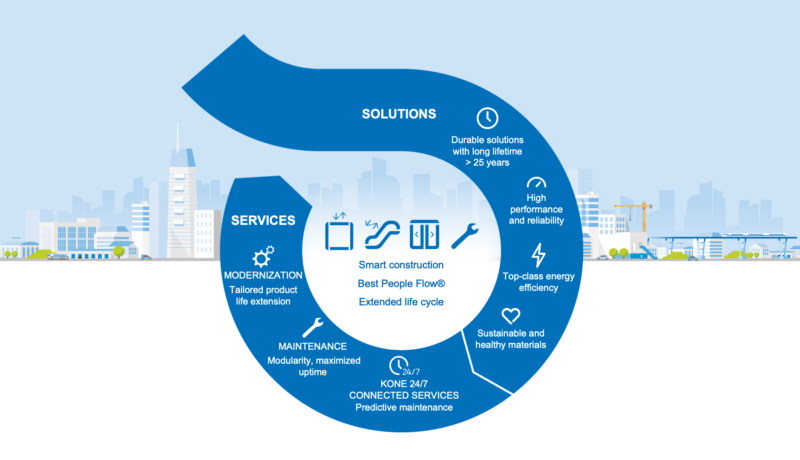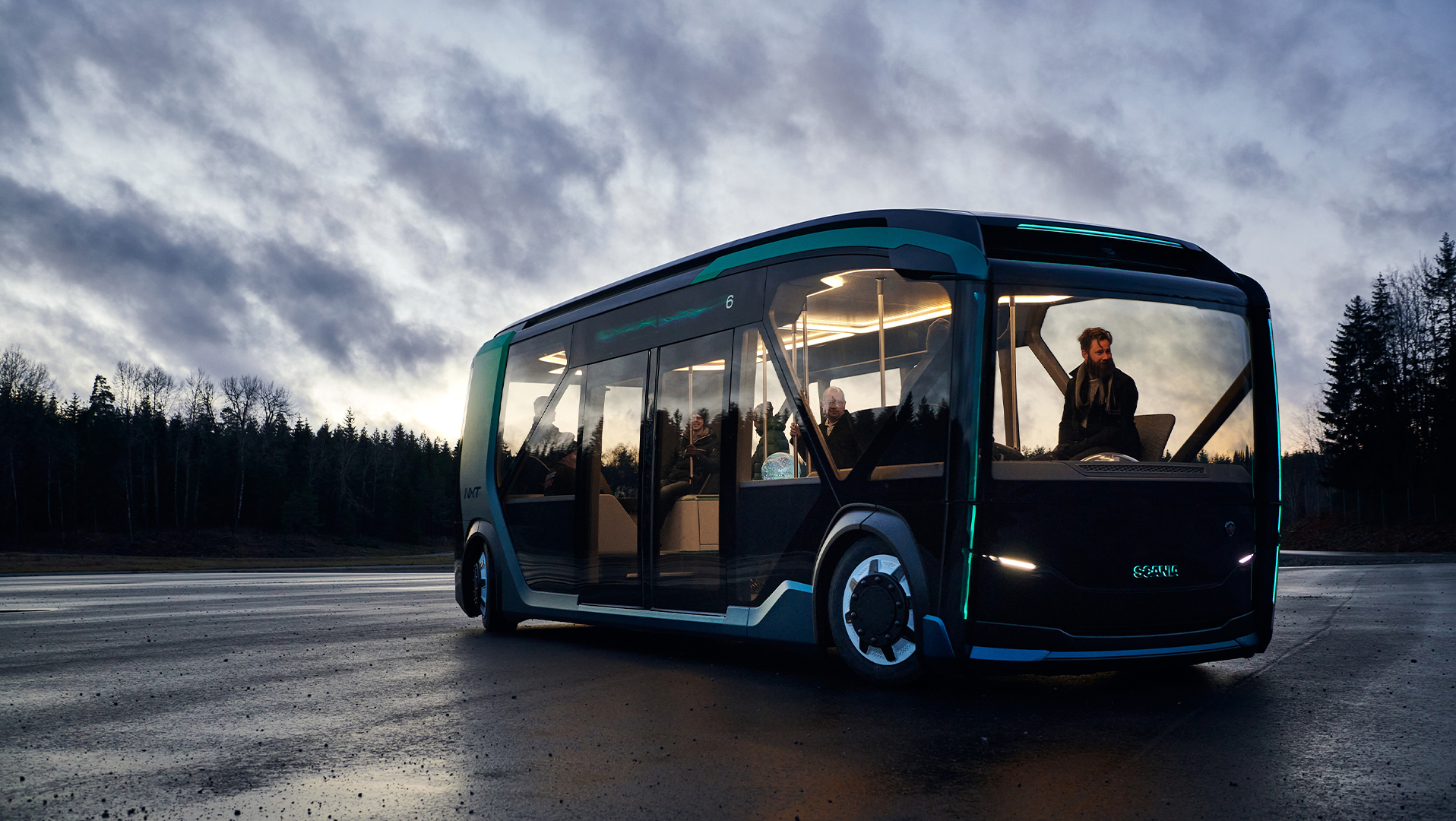The progress in ADAS and self-driving capabilities in commercial and heavy vehicles creates new needs and requirements for driver monitoring systems. If you can contribute to developing the next generation of driver and passenger monitoring systems, be sure to be in touch with us!
Theme Description
Scania is at the forefront of autonomous transport system development. Whether the system is human-driven or autonomous, the safety of drivers, passengers and other road users is the number one priority for Scania.
Opportunity Overview
Currently, the role of human driver is changing thanks to the progress in advanced driver assistance systems and self-driving capabilities. This opens new opportunities for example in driver and passenger comfort but also introduces new considerations in ensuring the safety of transportation.
Your Opportunity with Scania
With constantly developing ADAS and self-driving capabilities, the drivers can do non-driving tasks while at the wheel, on condition that nothing prevents them from taking over again in a demanding situation. In other words, the driver should be allowed to change her focus from the road to other tasks without getting an alarm from the driver monitoring system. We need to develop and work with solutions that can monitor the driver and ensure that she is not for example sleeping or ill and can take over the control of the vehicle with a short notice. The reliability of a system like this must be extremely high as it is not allowed to falsely interpret the driver’s status or send a false alarm disturbing the driver.
We have experience with alerting systems like steering wheels, seat belts and seats with haptic feedback, lights in and around the dashboard and audio. Existing visual monitoring systems include for example eye tracking and vision-based attention and drowsiness monitoring. Also, touch detection is used in steering wheels. Currently, most of the driver monitoring systems expect that the driver is focused on driving and on road to function properly. However, this is not a prerequisite for conditional automated driving systems and thus new solutions are needed. If your company can contribute to developing the next generation of driver monitoring systems especially for highly automated commercial vehicles, be sure to be in touch with us!
Examples we're looking for
Simplicity
We want to minimize the risk of driver information overload and misapprehensions. Thus, all communication interfaces and methods of communication to the driver and other passengers of the vehicle should be designed with unambiguity in mind.
Two-stage warning systems
A successful takeover process, in which the driver moves from a non-driving related tasks to driving tasks, should happen reliably in a timeframe of seconds and is the cornerstone of safe level 3+ autonomy systems. Solutions that utilize a two-step process in handling the takeover process have demonstrated demonstrated promising results in the takeover effectiveness and safety.

Circularity Co-Creation with Stora Enso
Many of Stora Enso’s customers have defined sustainability targets but find it difficult to understand how improvements in packaging development, design, and material choices impact achieving these targets. We want to develop…
Learn more
Product Authenticity with Stora Enso
Stora Enso, a leader in renewable packaging, wants to support its e-commerce and retail customers by preventing counterfeit and tampering with the help of innovative packaging solutions. Retail brands have a strong…
Learn more
Low-Carbon Circular Materials by KONE
KONE, a global elevator and escalator industry leader, has set science-based targets for significant reductions in its greenhouse gas (GHG) emissions by the year 2030. In addition, KONE has pledged to have…
Learn more

